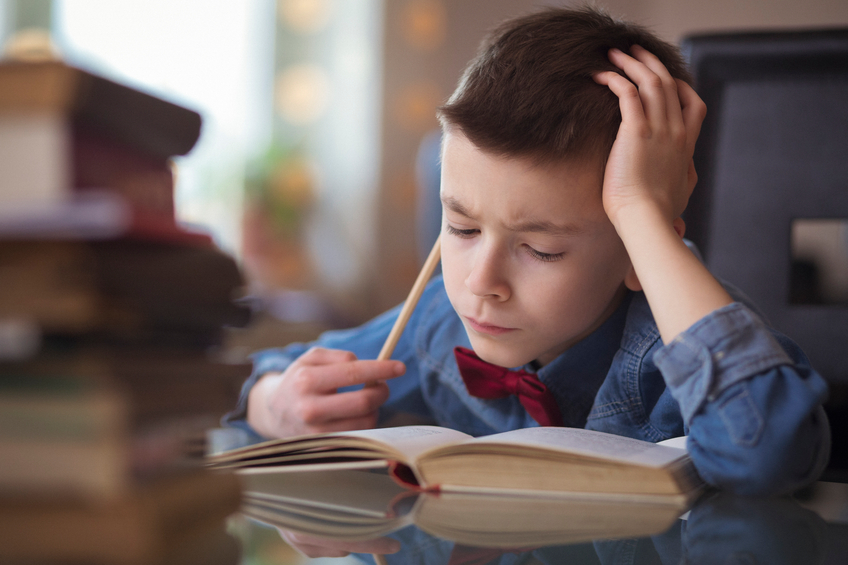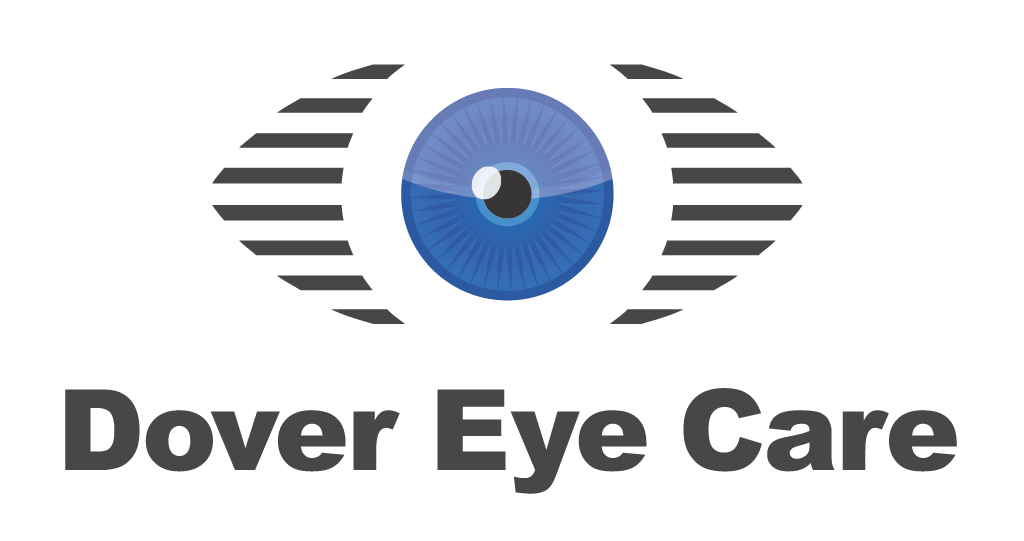There is controversy over the exact relationship between vision and learning. For example there is a negative correlation between distance refractive error and reading ability. Myopic or nearsighted children who cannot see clearly at a distance without glasses are more commonly good readers. Children who spend tremendous amounts of time reading become nearsighted. Before Alaska became a state myopia was rare. After becoming a state, more than 50 percent of the children in Alaska developed nearsightedness. Thus, correlation is such that nearsightedness or poor distance vision is highly correlated with success in reading. Restated another way, poor distance vision is associated with better reading abilities. Farsighted children statistically are poorer readers than myopic children.
Latest News
If you've had LASIK, Get a Copy of Your...
No this is not a late-night personal injury lawyer infomercial.This is a recommendation that you have your LASIK records...
The Link Between Sleep Apnea and Glaucom...
The BackgroundOver the last several years, research has indicated a strong correlation between the presence of Obstructi...
Vision Correction for Sports Participati...
There are many options available to adults and children for corrective lenses (glasses and contacts) when engaged in phy...
Hydroxychloroquine and Your Eyes
Hydroxychloroquine (Plaquenil) was originally used to treat malaria and is now commonly used to treat rheumatological an...
Having Vision Issues After a Concussion...
The Centers for Disease Control estimates that around 2.8 million people in the United States suffer from a traumatic br...
My Child Is Near-Sighted. Will Glasses Correct His/Her Learning Problem?

